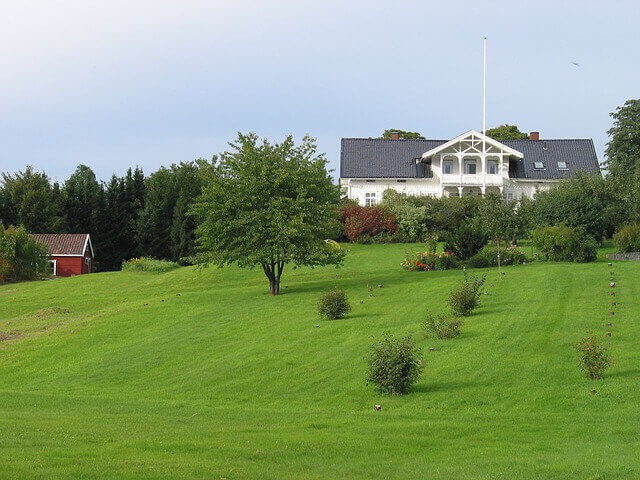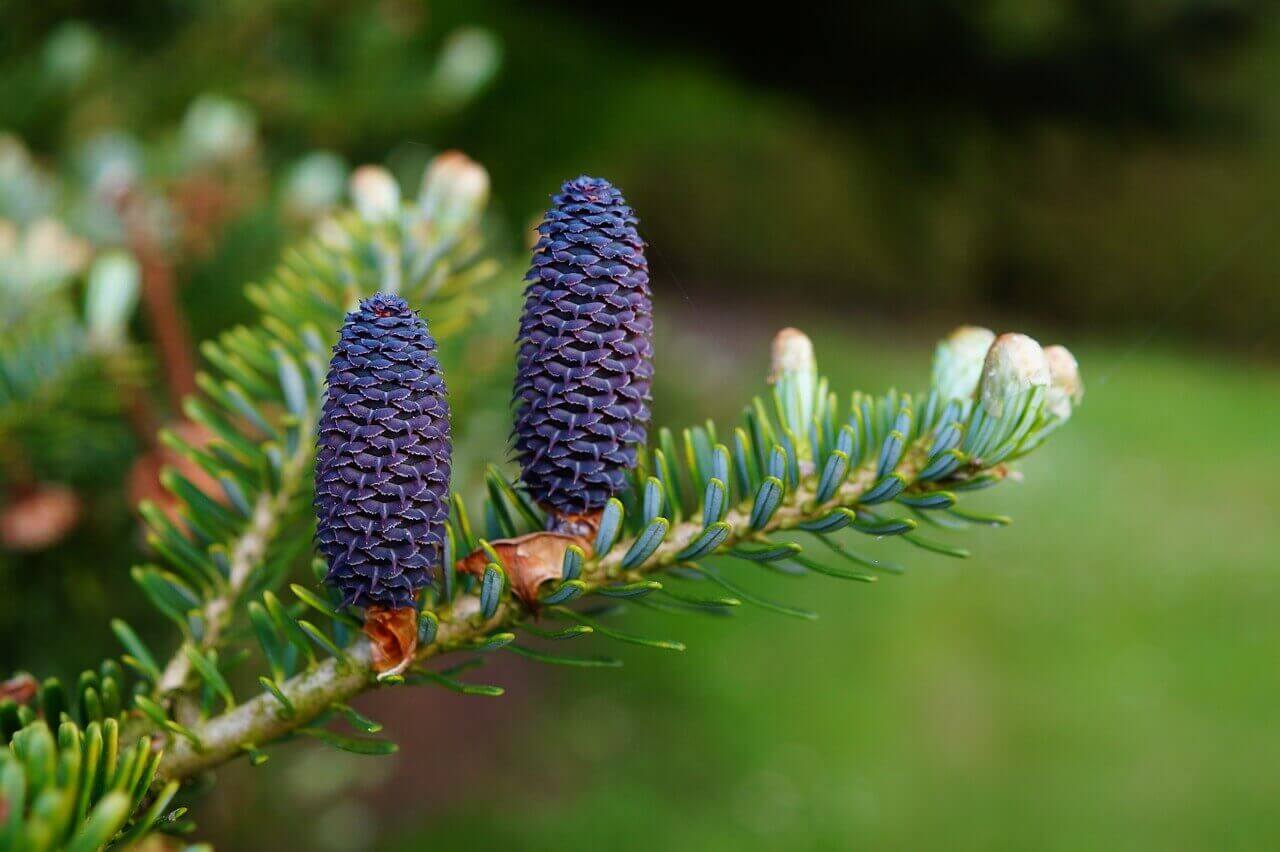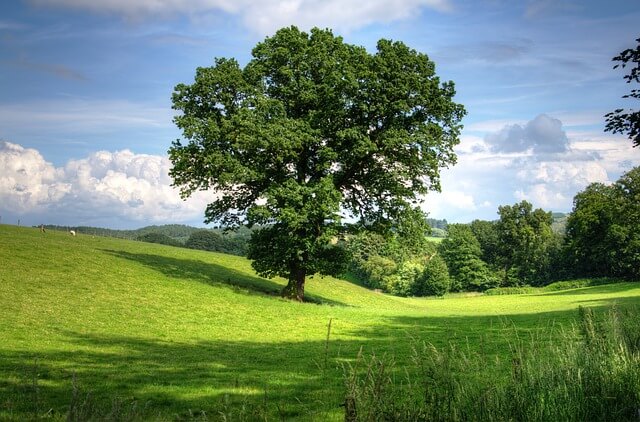Spring is one of the best times during the year to work on your garden, especially when it comes to planting trees. As you work on your plans to upgrade your landscaping and are interested in planting trees, this is the perfect time of year. While you work, it is important to make sure you are properly handling the task. Learn why spring is the ideal time to plant, tips to plant trees and best ways to maintain, use these tips from your local Denver tree service.
Why Spring is the Ideal Time
Did you know spring is one of the best times of year to plant trees? When trees are in a state of dormancy, which occurs in the winter, it is a great time to plant them just before the warm weather arrives. Once summer hits, you might be losing money you invested as the heat can hurt the process of the tree growing in its new spot. Plus, when planting in the spring, they have the rest of spring, summer and early fall to grow before harsh winter sets in. While some trees are better to plant in other months, many thrive when being planted in the spring. To learn more about which seasons are best to plant trees, read Garden Myths’ “Best Time to Plant Trees.”
Tips for Planting
When planting trees, make sure you call your local utility company before digging. You want to ensure you do not contact and damage any type of power lines. Once you know you are in the clear, make sure you dig a hole that is medium in width and length. Too shallow or deep can lead to your tree not growing properly. You can use the original area they were buried in as a gauge for how deep to build. Once you have dug your hole and place in your tree in the proper upright position, add the soil around it making sure it does not shift. Once all of the soil is back in place, smaller trees will most likely need a stake. This will help it grow in proper place without movement. After this step, you can mulch around the tree. Make sure to only add a couple inches of mulch to not suffocate the tree. In addition, leave some room around the base of the tree too.
Maintenance Tips
Ensuring your newly planted tree gets new water is important for its survival. While you want to be cautious to not overwater a tree, young trees typically require more water that older. You will want to water around the base of the tree, and as the tree grows, you will want to provide water in the circumference around the outermost part of the tree. As you water, take it slow and only allow it to get eight to 10 inches of water. Also, it is best to water early in the morning before the heat of the day sets in.
Planting trees can be a tough job. If inexperienced, it can lead to damage or destruction of your trees. Allowing a professional to help can help your trees grow. For an expert you can trust, contact American Arbor Care in Denver,CO. From tree and shrubs to landscaping needs, we have you covered.



